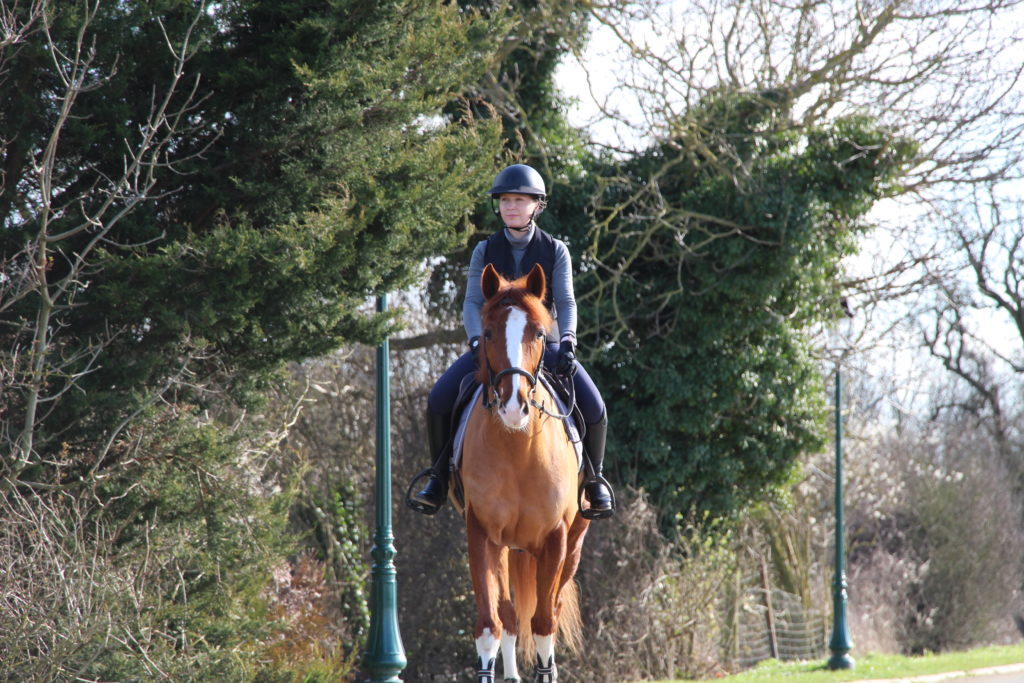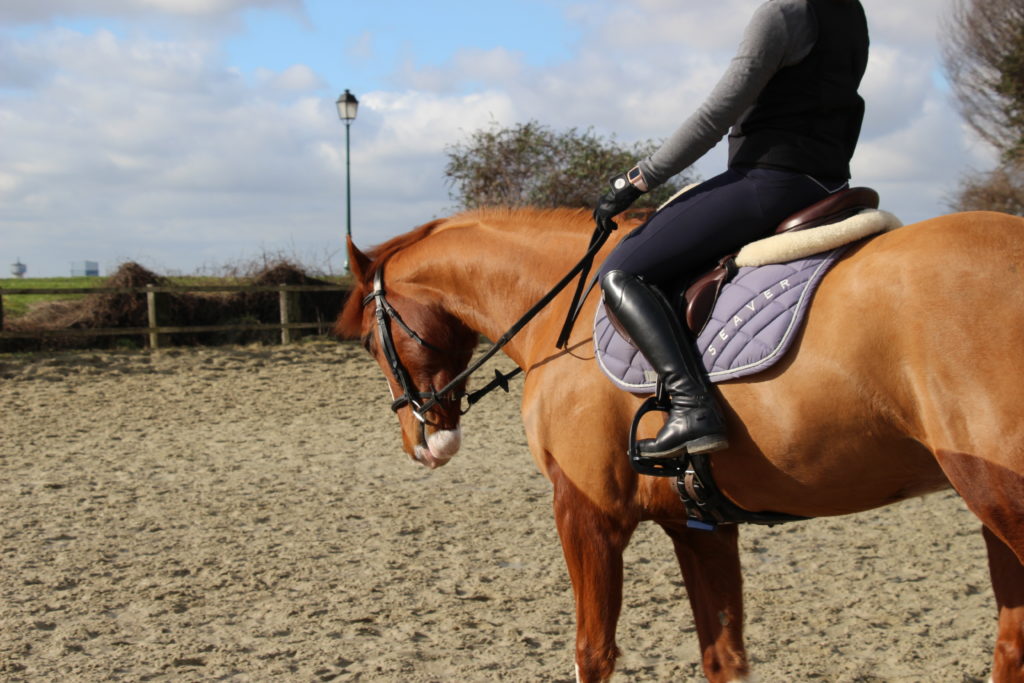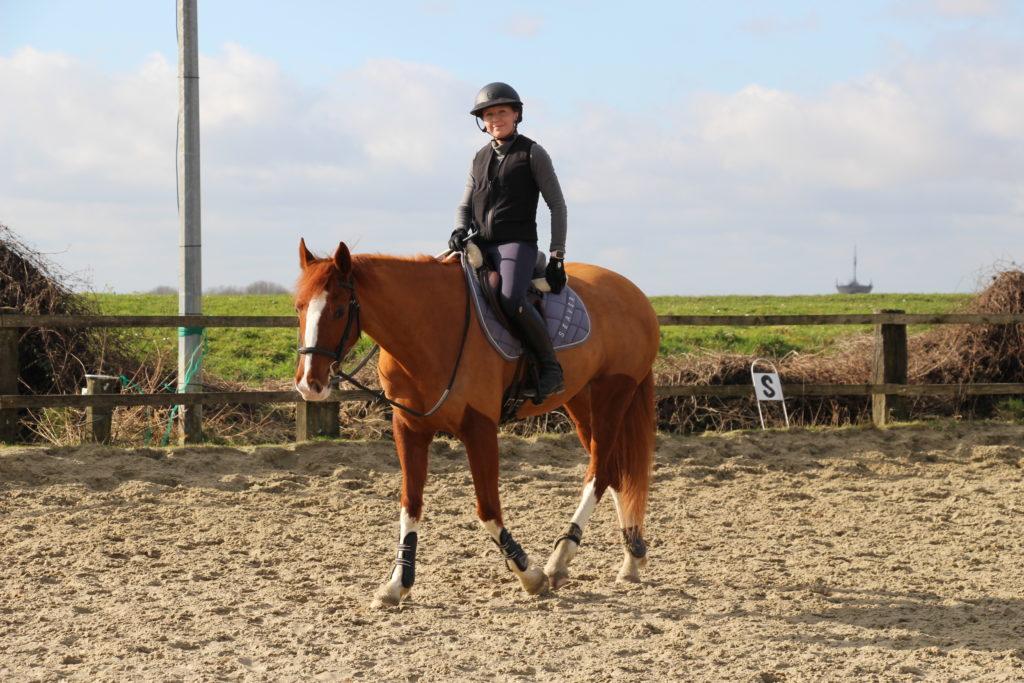Friday, March 4, 2022
As every rider knows, working with a young horse is totally different from working with an older horse. Do you own a young horse? Are you planning to acquire one? Or perhaps you'd simply like to find out more about the different methods of working a young horse? Then this article is for you.
Seaver presents today 3 exercises to strengthen your young horse on the flat.
Level of difficulty: 1*
It's very important for young horses to get out of their careers and become all-terrain horses. Taking them out of their routine can only be positive: this way, they'll have seen different environments, been confronted with many worrisome situations, and will be used to all kinds of terrain. But that's not all!
Find a gradient close to home, or take him to a trec or CCE course that has one. The aim is to keep your horse at a good walk, with his hind legs under the weight to climb the slope. Horses will tend to trot or accelerate their walk to save effort and solve their problem more quickly. You'll need to be careful to keep your pace regular and fairly slow.
Above all, your horse must not overturn his neck and hollow out his back on the way up. He should extend his neck downwards and roundly to stretch his back muscles, and keep his hindquarters well engaged. This will develop the muscles of the hindquarters.

Difficulty level: 2*.
This work is essential if you want a horse that responds quickly to the rider's commands.
Two variations exist: on the circle, and on the straight line.
We recommend you start with the transitions on the circle.
Install stud gates at the 4 "corners" of a 20m circle (more or less depending on your horse's level).
Start by performing step-stop transitions every two gates. Then move on to trot-pas transitions every two gates. Once your horse has understood the exercise and his reactivity has improved, you can move on to one transition per gate.
Pace is everything. Think about your position and keep your gaits regular. Your horse will need some time to adjust to the exercise. Let him understand your requests, without pushing him. If you feel you've skipped a step too quickly, don't hesitate to go back.

Difficulty level: 2*.
We said work on the flat, yes, but not work without bars! This exercise can be quite difficult for young horses who don't really know what to do with their four feet. However, it's very interesting because the bars on the ground
For a horse, count 1m50 between each bar on the ground. For a D pony, 1m40 etc.
You'll need to concentrate on two things: cadence and straightness. Come straight and to the middle of your bars. Let your horse do it, and don't get angry if he stumbles at first. Give him time to analyze the situation so that he can find the solution on his own.
Make sure he doesn't dig into his back, but instead raises his withers. Let him take care of himself and don't assist him. This is very important for a young horse, as it will enable you to turn him into a resourceful person who doesn't need the rider to balance himself.

The three axes of work on the flat for young horses are, in order :
The three exercises in this article will each enable you to work on two of these three aspects.
Remember that effective work is work that is varied that remains fun for your young person. You mustn't overwhelm him right from the start of his career, so don't hesitate to diversify the exercises to give him the desire to discover more in-depth work! To this end, we have a complete library of exercises available free of charge on theSeaver app.
See you soon for a new article.
The Seaver team
In the photos, Clara is wearing the black SAFEFIT airbag. To purchase, click on the button below.